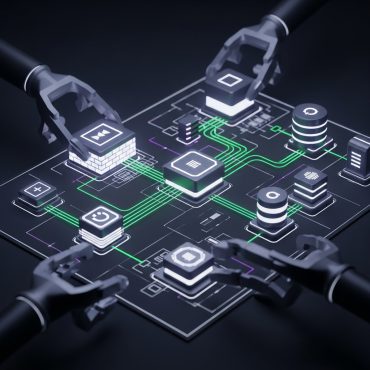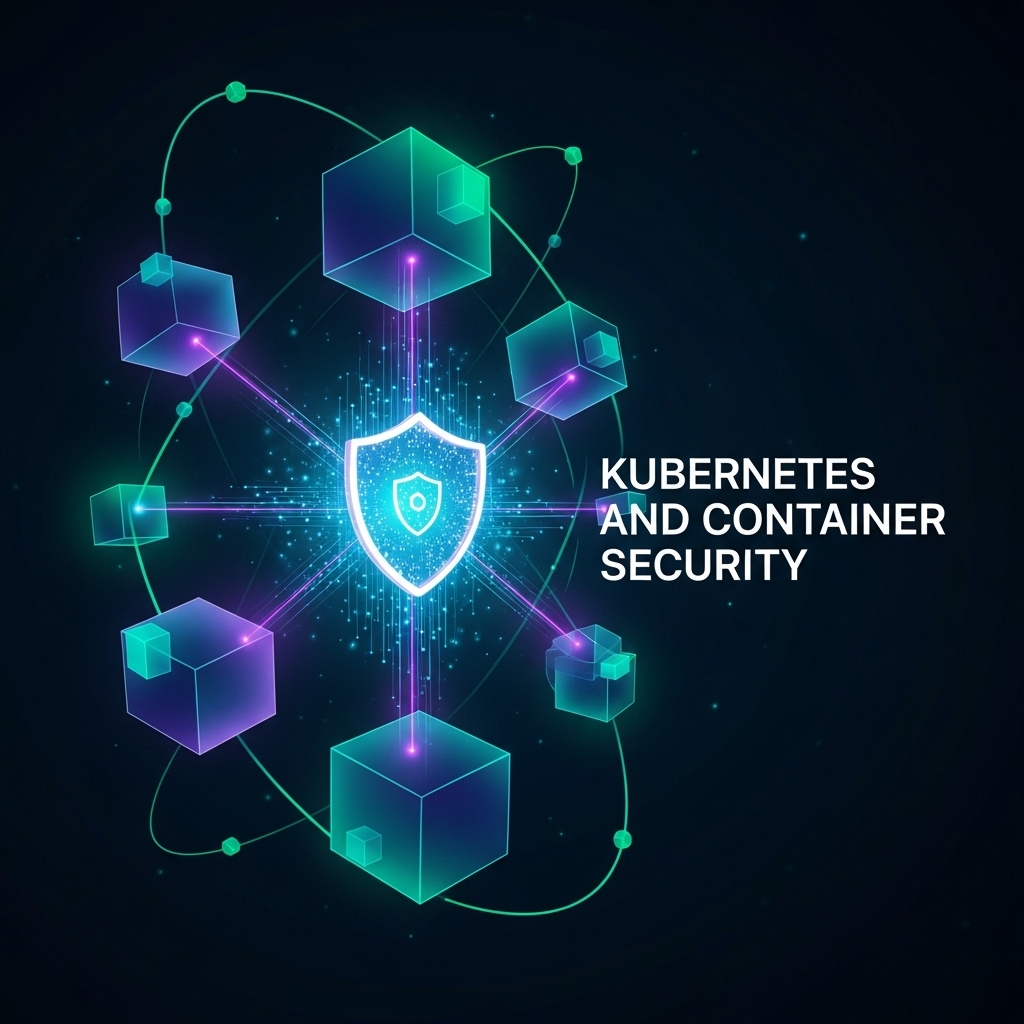Kubernetes and Container Security
Kubernetes and container security are critical components of modern cloud-native architectures, ensuring secure, isolated, and scalable application deployments. Containers encapsulate an application’s code, runtime, dependencies, and configuration into a single portable unit, streamlining development and deployment workflows. However, this portability also introduces new security challenges that require a specialized approach.
Core Components of Container Security
Isolation and Sandboxing:
Containers are isolated environments sharing the same host OS. Proper namespace and cgroup configurations ensure that if one container is compromised, lateral movement is restricted.
Image Security:
Container images can harbor vulnerabilities or malicious code. Best practices include pulling images from trusted registries, using signed images, and implementing continuous vulnerability scanning.
Runtime Protection:
Monitoring container behavior during execution helps detect anomalies. Tools that monitor system calls and network activity can identify zero-day threats and runtime exploits.
Access Control and Permissions:
Applying least privilege principles within containers and enforcing Kubernetes RBAC helps limit unnecessary access to sensitive resources.
Network Segmentation and Service Meshes:
Network policies should enforce communication only between necessary components. Service meshes enhance traffic visibility and apply granular access rules.
Securing Kubernetes Infrastructure
Kubernetes itself must be secured to prevent attackers from exploiting its orchestration power:
- Restrict access to the Kubernetes API,
- Encrypt sensitive data stored in etcd,
- Enforce Pod Security Policies or OPA-based controls,
- Enable audit logging for traceability.
Scalability and Data Protection
Encryption and Access Controls:
Data must be encrypted at rest and in transit. Strong IAM policies and key management practices are essential.
Scalable Storage Strategies:
Kubernetes supports persistent volumes to meet the needs of scalable workloads. Integrating with cloud-native or distributed storage systems enables seamless data growth and high availability.
Kubernetes and container security require collaboration between DevOps and security teams. Secure deployment pipelines, image hygiene, real-time monitoring, and policy enforcement are key pillars of a secure containerized environment.












